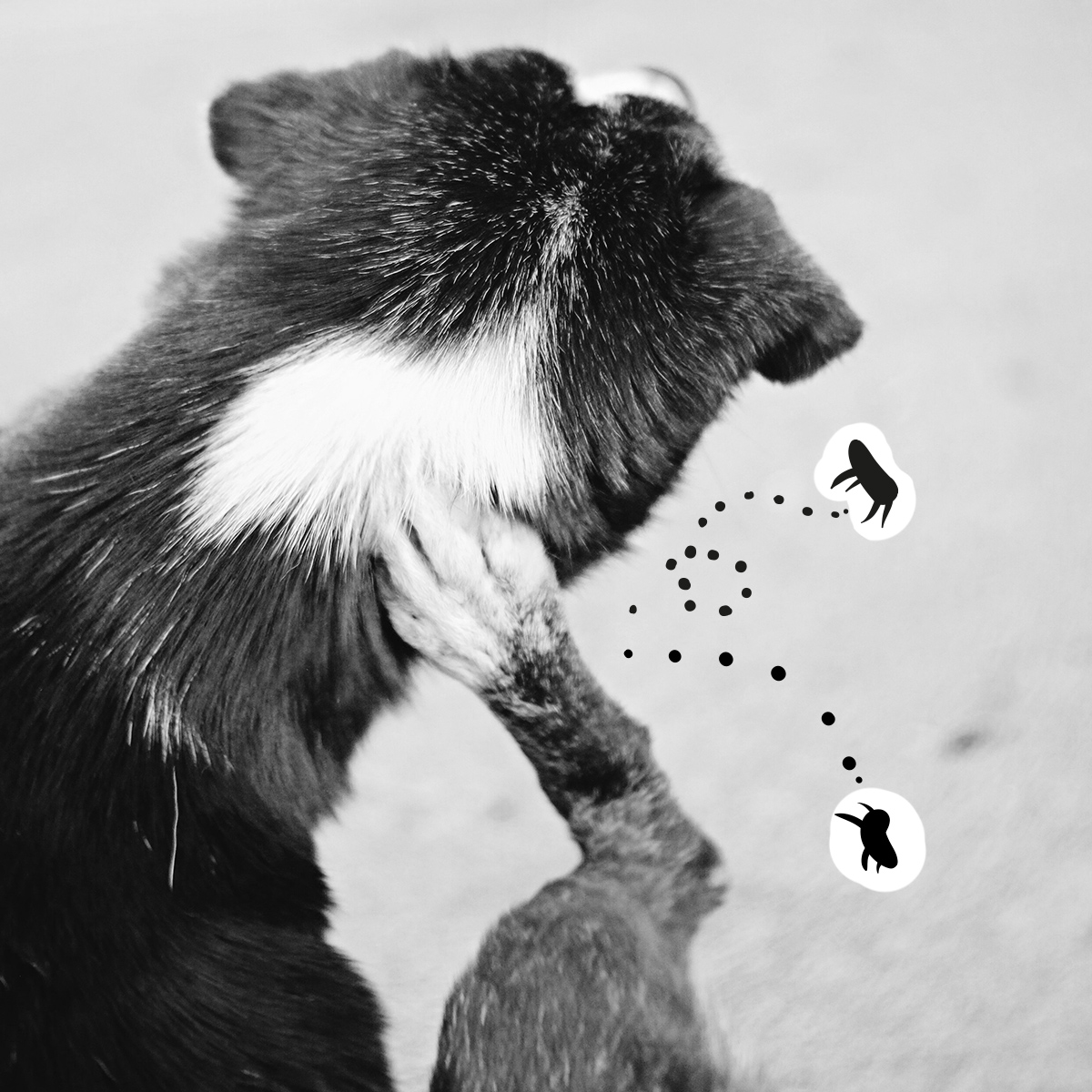How to Fight Fleas
Fleas are truly a pet owner’s curse and worst nightmare. Designed to survive and efficient at reproducing, these blood-sucking pests can quickly overrun house, home, and your bed! In addition to causing misery for our pets, fleas have the potential to carry serious, even deadly diseases.
Growth and Spread
Fighting fleas is a year round battle in Texas. For every adult flea seen on a dog or cat, there are about 95 other fleas in various life stages (eggs, larvae and pupae) around the pet’s environment. The failure to address the juvenile life stages is a primary reason why owners never seem to win any fight against fleas.
Once on a pet, the flea will start drinking blood immediately and about eight hours later will start to mate with other fleas on the pet. Within about 24 hours, eggs are laid by the female fleas which roll off the pet and into the home/bed/yard. Females can lay 40-50 eggs per day over their lifetime, resulting in more than 2,000 eggs added to the environment. Thirty adult fleas can explode into more than 250,000 fleas in less than one month!
Given these huge numbers, it is entirely possible to see live fleas on your pets that have been treated with flea medications. Most topical medications will kill fleas within 1-2 hours after the flea jumps onto the pet and oral products only work when the flea actually settles down and bites the pet.
Likewise, the life cycle of the flea means that new adults are continually present in the environment. Flea eggs are constantly hatching into flea larvae which then spin cocoons. Adult fleas hatch from the cocoons in as little as seven days but some can delay hatching for almost 180 days! Therefore, a single application of a flea medicine will not stop an existing infestation.
So, when you are faced with a flea problem in your home, what steps can help resolve it?
Steps to Rid Your Pets and House of Fleas
- Talk with your veterinarian about effective flea control medications. Discuss whether an oral or topical option is best.
- Make sure that all pets in the household are treated. Even the “indoor only” cat will need protection from adult fleas hatching in the home environment. Use the products as directed and don’t split doses among your pets.
- Continue the treatment until the infestation is gone from the home. If your pet is picking up adult fleas in the yard or at the park, you may need to consider using a flea product all year long.
- A home area treatment spray can help eliminate flea colonies more quickly, but be sure to use one that contains an insect growth regulator (IGR). IGRs prevent flea eggs from hatching and flea larva from molting.
Understanding the flea life cycle can help you defeat this unrelenting annual pest. Your veterinarian and our staff will guide you towards the best flea product for your needs and can even answer concerns you have about treating the environment.


